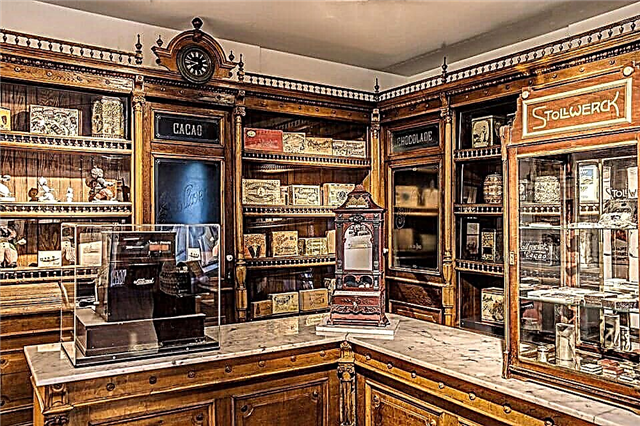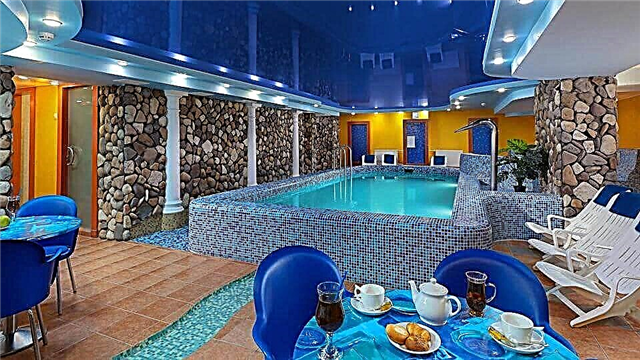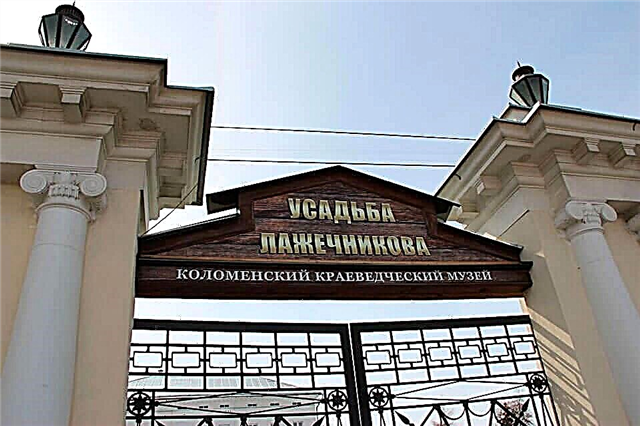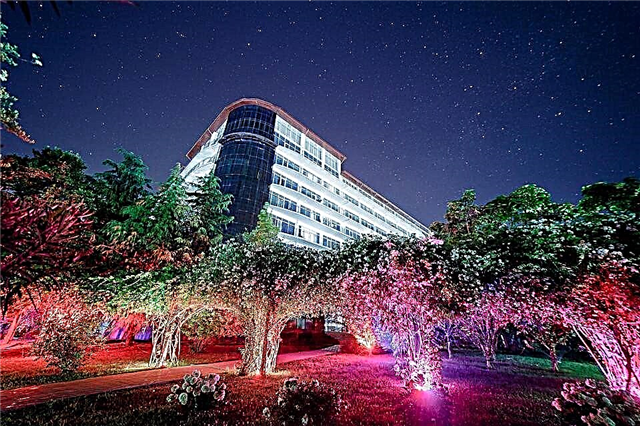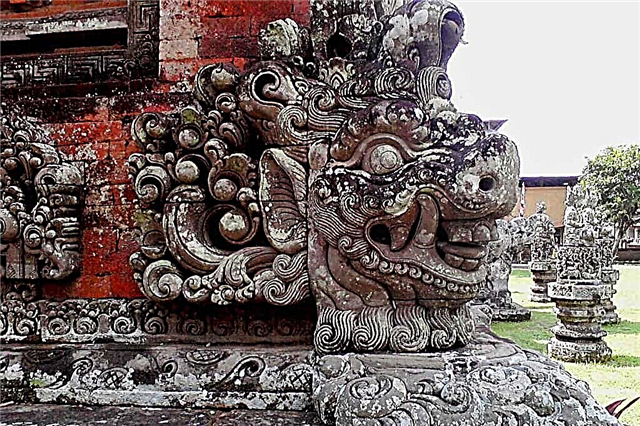The village of Batubulan has found its location in central Bali, Indonesia. Among travel lovers, the settlement bears the title of one of the unique attractions of the island, where generations of stone-cutting artisans still live. Indeed, in the village the doors of many souvenir shops are open, on the shelves of which there are figurines of mythical heroes and characters from local legends. Here you can also see the unique costume performances with national dances, chants and fire shows. It will not be difficult to get to the amazing settlement - Batubulan is located almost within the city limits and many route taxis follow to the destination.
History

There is practically no information about the origin of the first settlement on the site of the village of Batubulan, although local residents consider themselves to be ancient peoples that have lived here for more than one century in a row. It is known that, for the most part, generations of artisans have lived and still live on these lands, passing on their knowledge to every child who arrives in this world. The only more or less reliable information is considered to be the period of the appearance of the first structure on the site of the village. It is believed that the beginning of land development is associated with the construction of the Pura-Pusekh temple, erected here in the 11th century.
Sights
Perhaps the main attraction of the village is its main building - the Pura-Pusekh temple, located almost in the center of Batubulan and surrounded on all sides by the houses of local residents. The first part of the name "pura" in translation from Balinese means "temple".

Pura-Pusekh is rightfully considered a unique temple building. Its walls are made of volcanic rock called "gray tuff", the structure of which is particularly soft and pliable. Probably, precisely because of the unusual material from which the structure was erected, the atmosphere around it is filled with mystery and mysticism.
The temple is held in great esteem by the local population. Residents see it as a shrine and regularly make all kinds of donations and offerings to the walls of the building. Another feature of Batubulan is performances with ritual notes, which are held here constantly, if not daily. These colorful and vibrant festivities, filled with dances and music of the indigenous people of these places, are localized near the walls of Pura-Pusekh and are part of an ancient tradition.
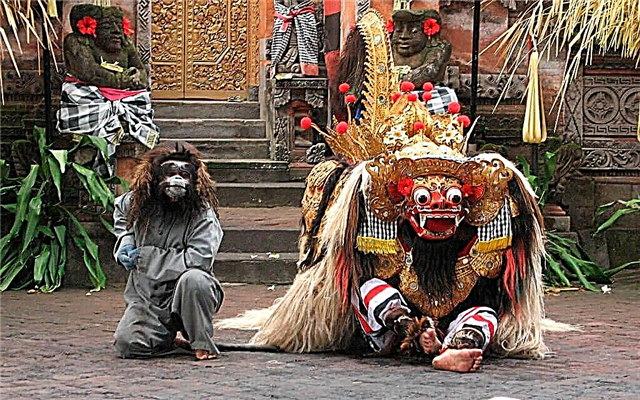
The most famous performance is considered the theatrical performance of the local group "Denjalan" on weekends. The band members perform the Barong dance, named after the deity and telling the story of the eternal struggle between good and evil. The artists are exoticly made up and dressed in colorful national costumes, and the whole process is accompanied by unusual folk chants.
The harmony and amazing plasticity of the speakers' bodies will undoubtedly amaze and delight every observer. In the southern part of Batubulan, there is another interesting building - the "Bale Banjar" pavilion, where you can also see Indonesian dances and performances with the participation of villagers. Dance performances are held in the morning, and in the evening hours, the kachak dance is especially interesting, which includes a fire show and walking barefoot on hot coals.

In addition to the sights located in the village itself, the Bird Park is open nearby. Its area is part of the rice fields, and its inhabitants are represented in a huge number of species of vociferous birds. Also, near the bird park, a reptile park awaits its visitors, where you can see the brightest representatives of the reptile world of Indonesia - monitor lizards, crocodiles, pythons and poisonous snakes.
Stone carving art
The stone carving craft can definitely be called a key feature of Batubulan. Knowledge about the basics of stone-cutting art and its specifics was passed here from father to son for centuries. Starting from the entrance to the village, here and there you can see many statues of birds, plants, heroes and divine creatures from local legends. At the same time, the parameters of the statues vary from a few centimeters to huge sizes.
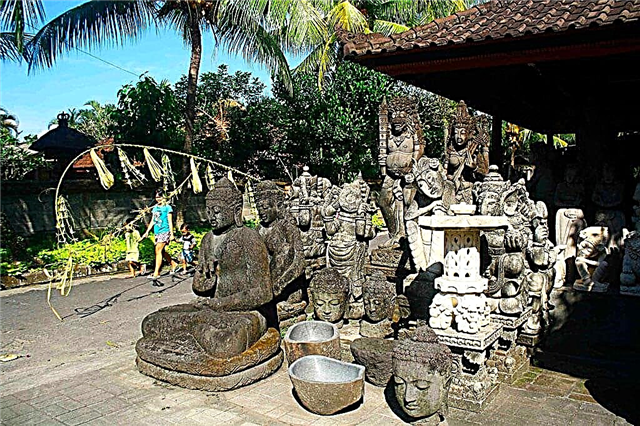
Everywhere there are souvenir shops and workshops for making stone creations. At the same time, artisans work right on the street, in full view of all visitors to the village, and the process of creating another statue can be captured on video or photo.
In addition, at the request of tourists, kind residents are ready to share their knowledge of their skills, accumulated over many centuries, or create a sculpture on an individual order. The finished work can be purchased for less than 5 euros. Fascinated by their own craft, the villagers are convinced that, despite the fierce appearance of some of the figures, each statue protects Batubulan from evil spirits and keeps the atmosphere of peace on this land.
Visiting rules
A visit to the village of stone cutters requires certain rules. Although they do not require the strictest observance, visitors and tourists should listen to the wishes of local residents. First of all, the inspection of Batubulan does not imply advance payment and the entrance to the territory of the settlement is absolutely free. At the same time, the locals recommend leaving donations to the Pura-Pusekh temple, for which they express their endless gratitude to the tourists.
A walk around the village is possible both as part of a group of tourists and individually. Anyone has the opportunity to come to Batubulan, and local residents will gladly tell the history of the village and show interesting places. Another tip will be the choice of clothing for the excursion - the best option is clothing that covers the shoulders and legs, including the ankles.
Regarding the hours allowed for a visit, the village and its attractions are available from 8 a.m. to 6 p.m. daily. But the best time of the year to visit these places is considered to be the period from late spring to September. The rest of the time, Bali is characterized by the tropical rainy season.
How to get there
Batubulan stretches for 2.5 km in the central part of Bali, not far from settlements, so getting to the unusual village will not be difficult. From Denapasar to the destination can be reached in 15 minutes, paying about 2000 rupees. You can get there from Ubud, but in this case the journey will take a little longer - approximately 25-30 minutes, and the cost of the trip will be 4000 rupees. There is also a route from Amlapur for 7000 rupees and a duration of just over 1 hour. From Padangbai, the journey will take 45 minutes and cost Rs 5,000.
The uniqueness of the village of Batubulan, located in Bali, lies in the preservation of the ancient traditions of stone-cutting art. Here, ancestors and descendants are united by one common and beloved business - the creation of stone statues. And the hospitality of the local population cannot but rejoice - the masters of their craft will gladly tell curious travelers about the secrets of this difficult art. The time spent in Batubulan can be colored with the bright colors of musical performances, whose flavor is permeated through and through with the traditions and rituals of Indonesia.


